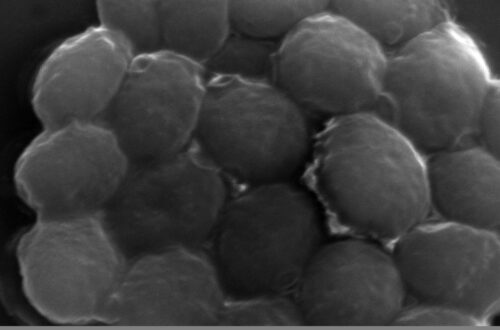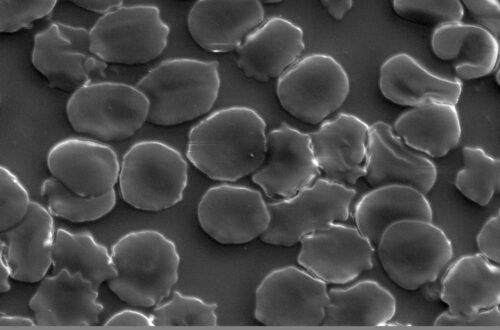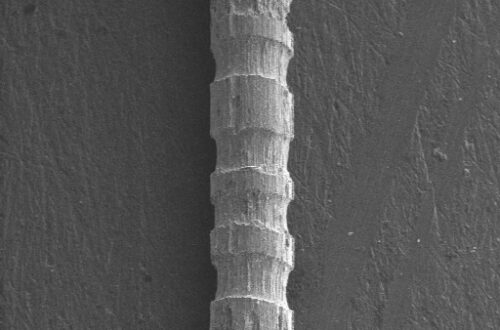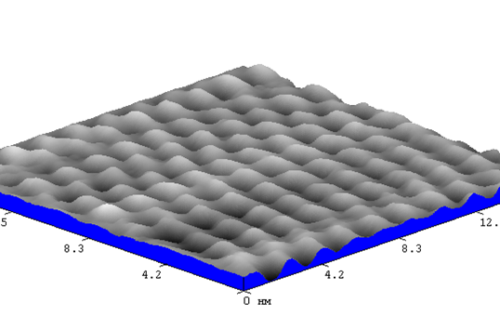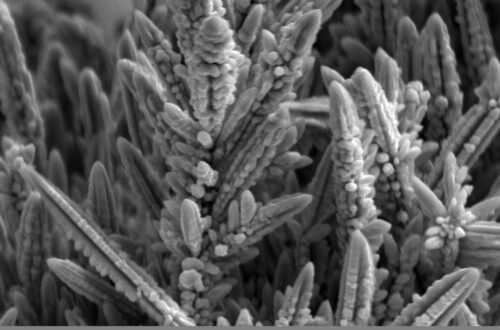Laboratory of tunnel and electronic microscopy
The research complex of scanning tunnel and scanning electron microscopy for studies of nanostructures is a unique, non-serial object and is the national heritage of Ukraine.
The equipment of the complex for studies of nanostructures was manufactured in 1996 by domestic manufacturers:
- Research and Production Association “SELMI” (Sumy) has developed and manufactured an electronic scanning part of the installation. This part consists of a scanning electron microscope REM-103, video surveillance device, vacuum equipment, high-voltage equipment and control means of the complex, which includes two computers with peripheral equipment – inkjet and laser printers.
- Research and Production Association “Harprom” (Kharkiv) developed and manufactured the STM-100P scanning tunneling microscope.
By means of this complex, the properties of modern nanocomposite ferromagnetic systems and the peculiarities of their interaction with electric and magnetic fields are studied.
The research is carried out in a vacuum chamber of the electron microscope REM-103, which eliminates the negative effects of the atmosphere and allows you to choose a place on the sample to scan with a tunnel microscope STM-100P. Students and scientists of the National Technical University of Ukraine
“Igor Sikorsky Kyiv Polytechnic Institute” take part in the research.
Scanning probe microscopy (SPM) is one of the most powerful modern methods for studying the morphology and local properties of a solid surface with high spatial separation. To date, almost all studies in the field of surface physics and thin film technologies use SPM methods. The development of scanning probe microscopy was the basis for the development of new methods in nanotechnology – the technology of creating structures with nanometer scales.
Scanning tunneling microscopy (STM) is one of the types of SPM – an effective way to study the surfaces with spatial separation, including atomic scales. This method is used to visualize the atomic structure of the surface of a number of materials, including pyrolytic graphite, reconstructed silicon surface, as well as in such areas of science as nanophysics, physics of magnetic materials, microbiology.
